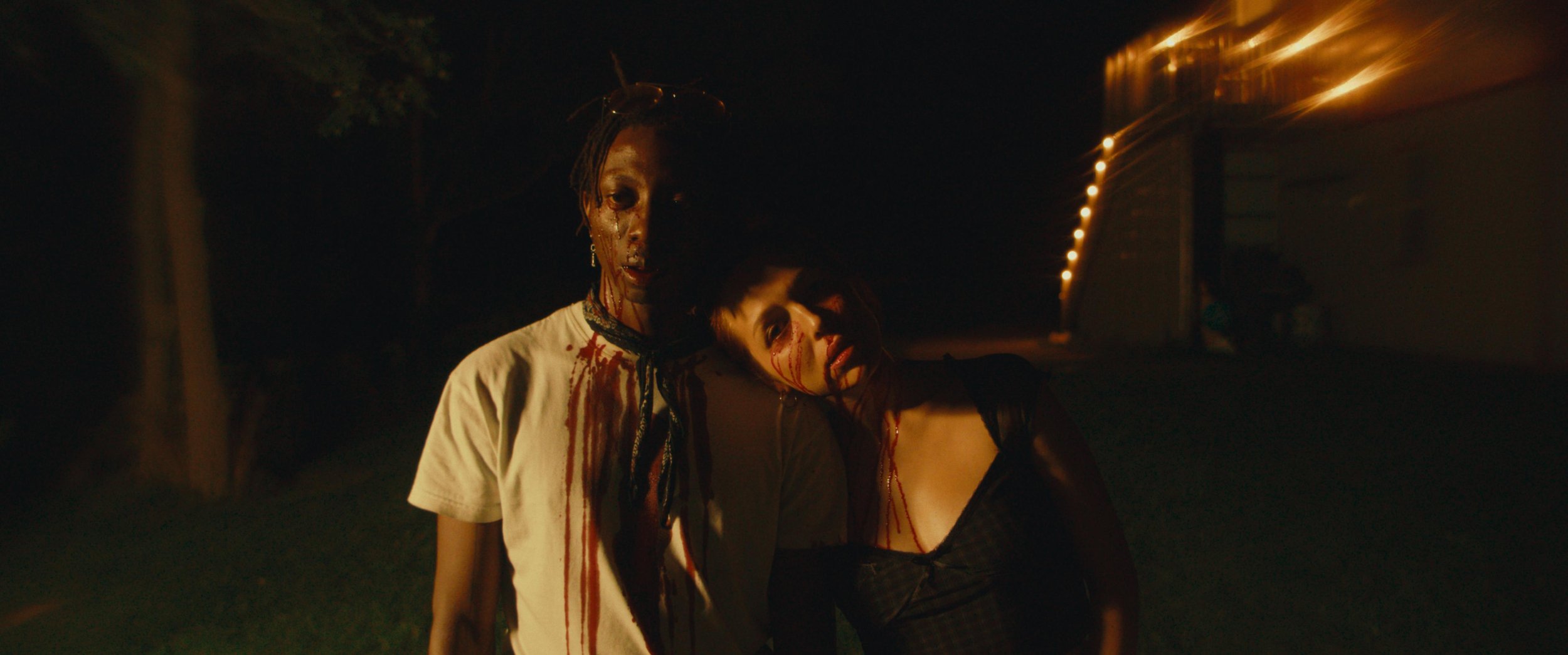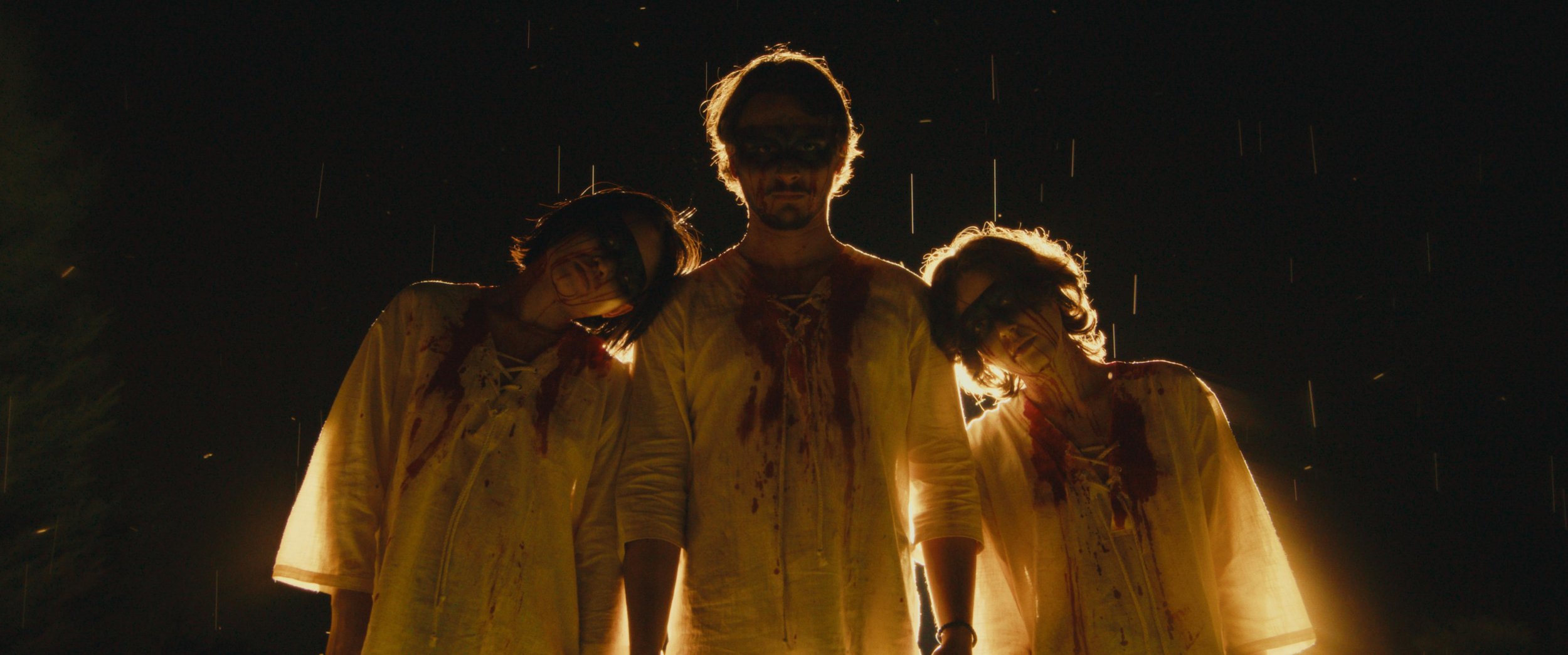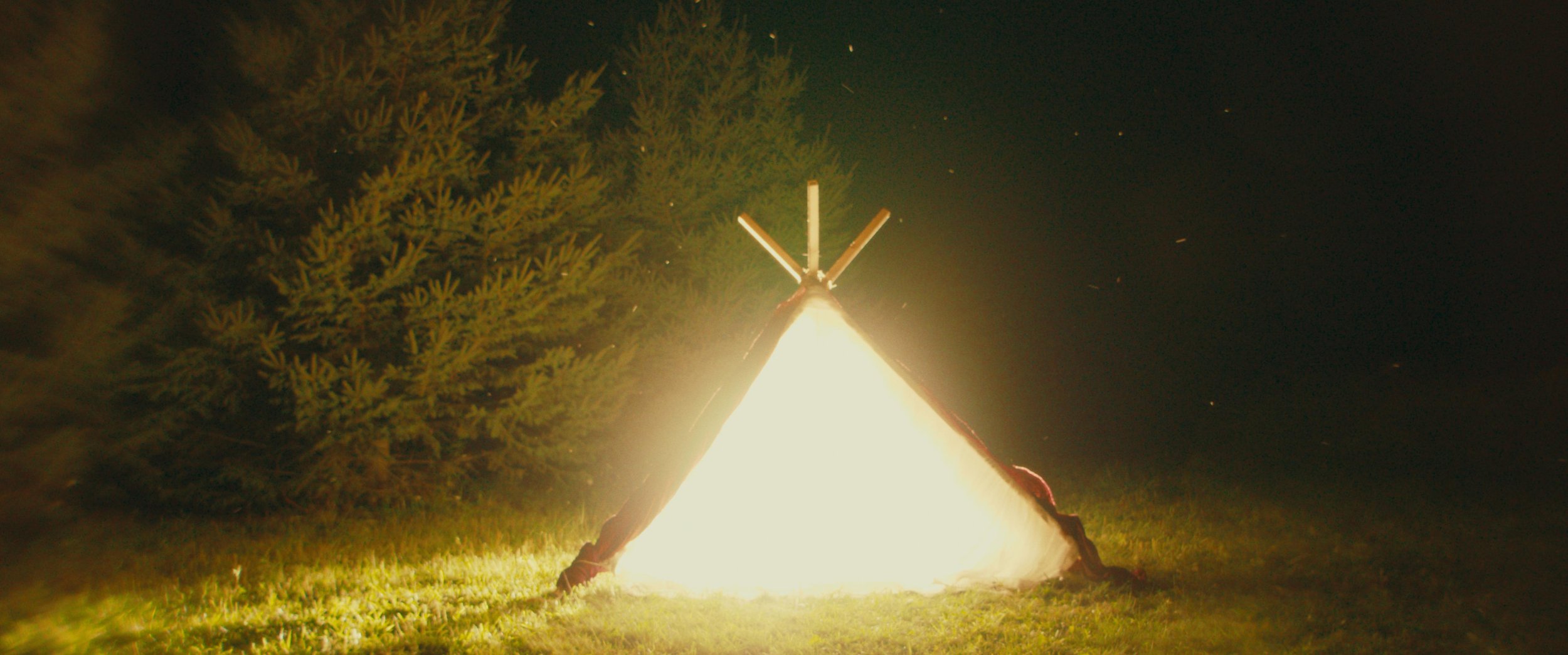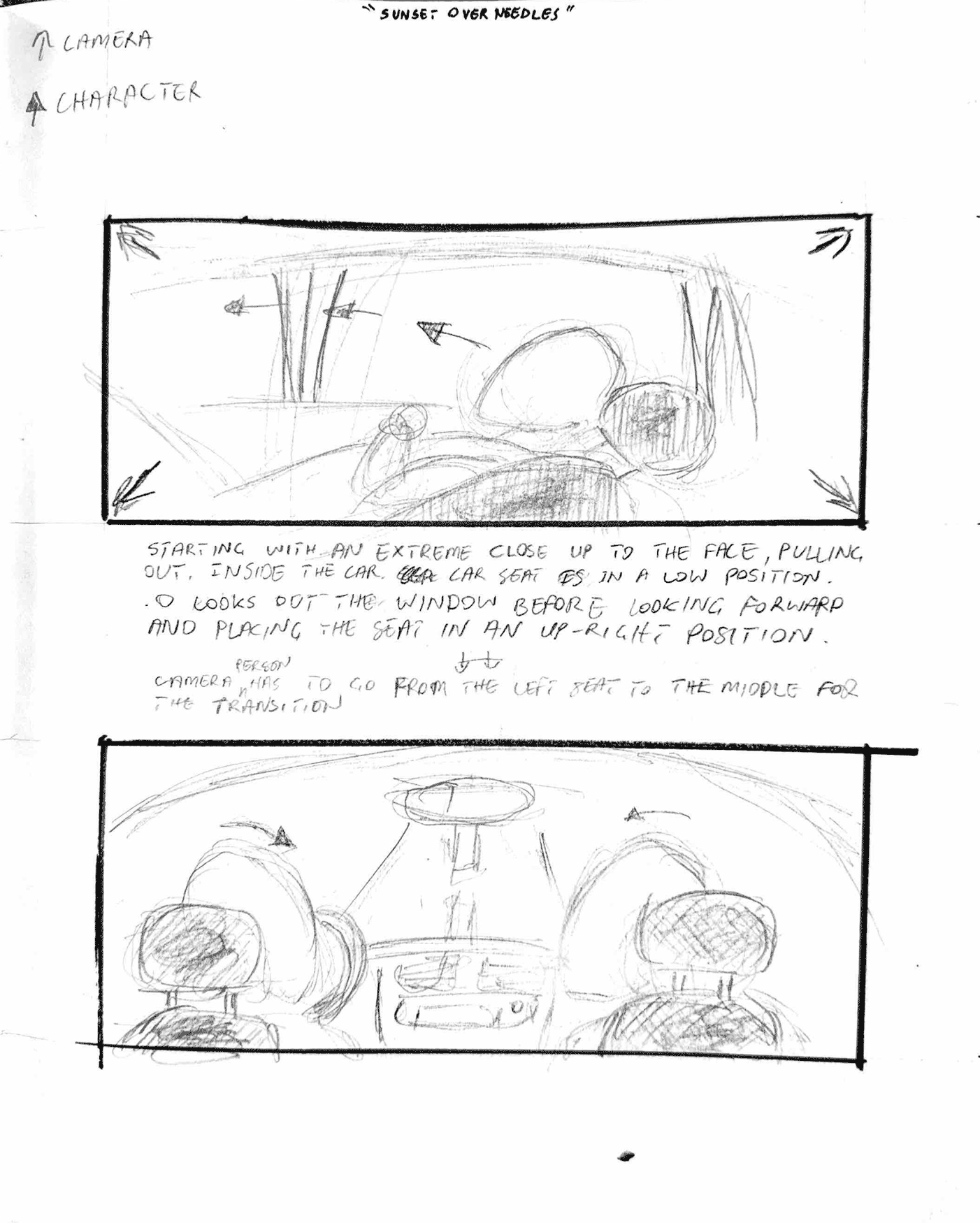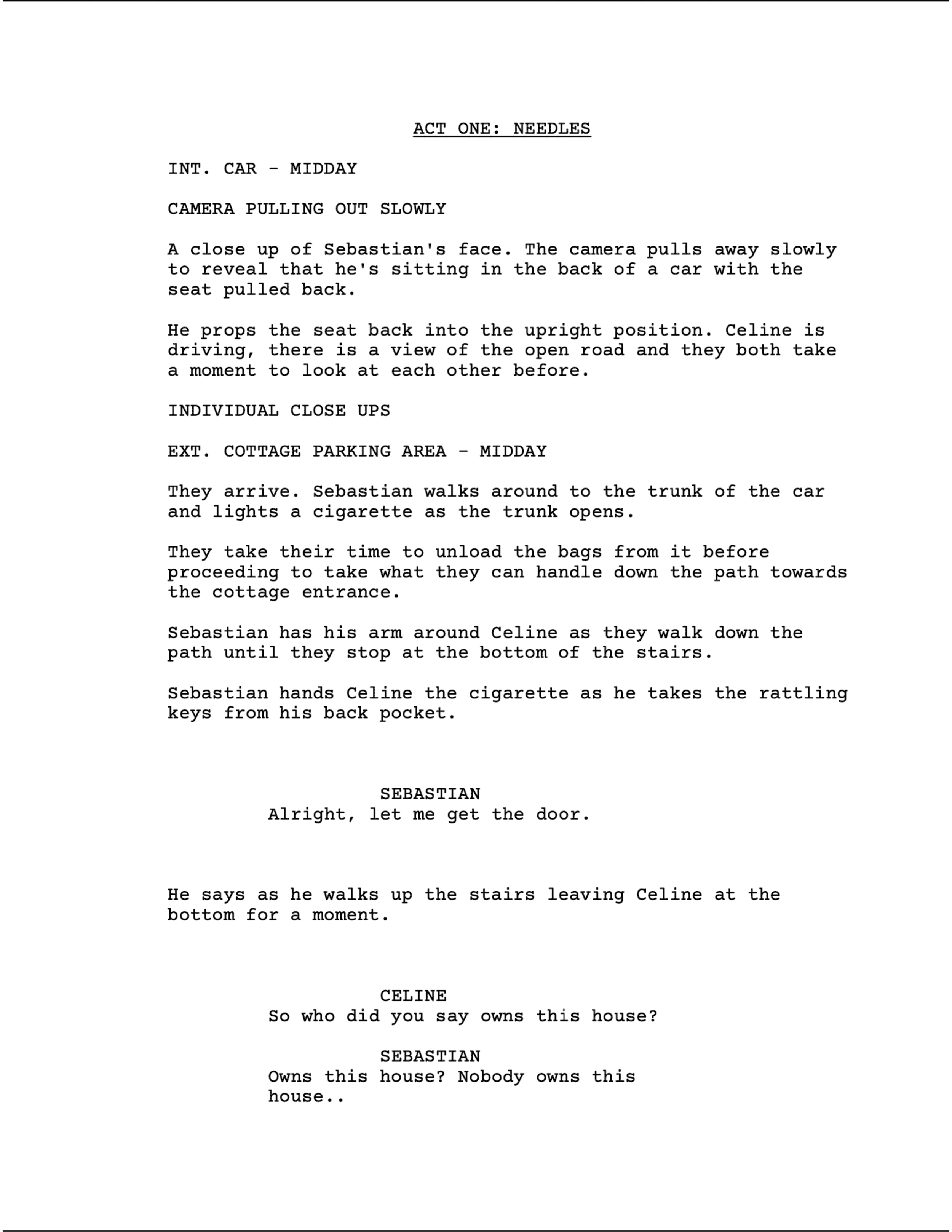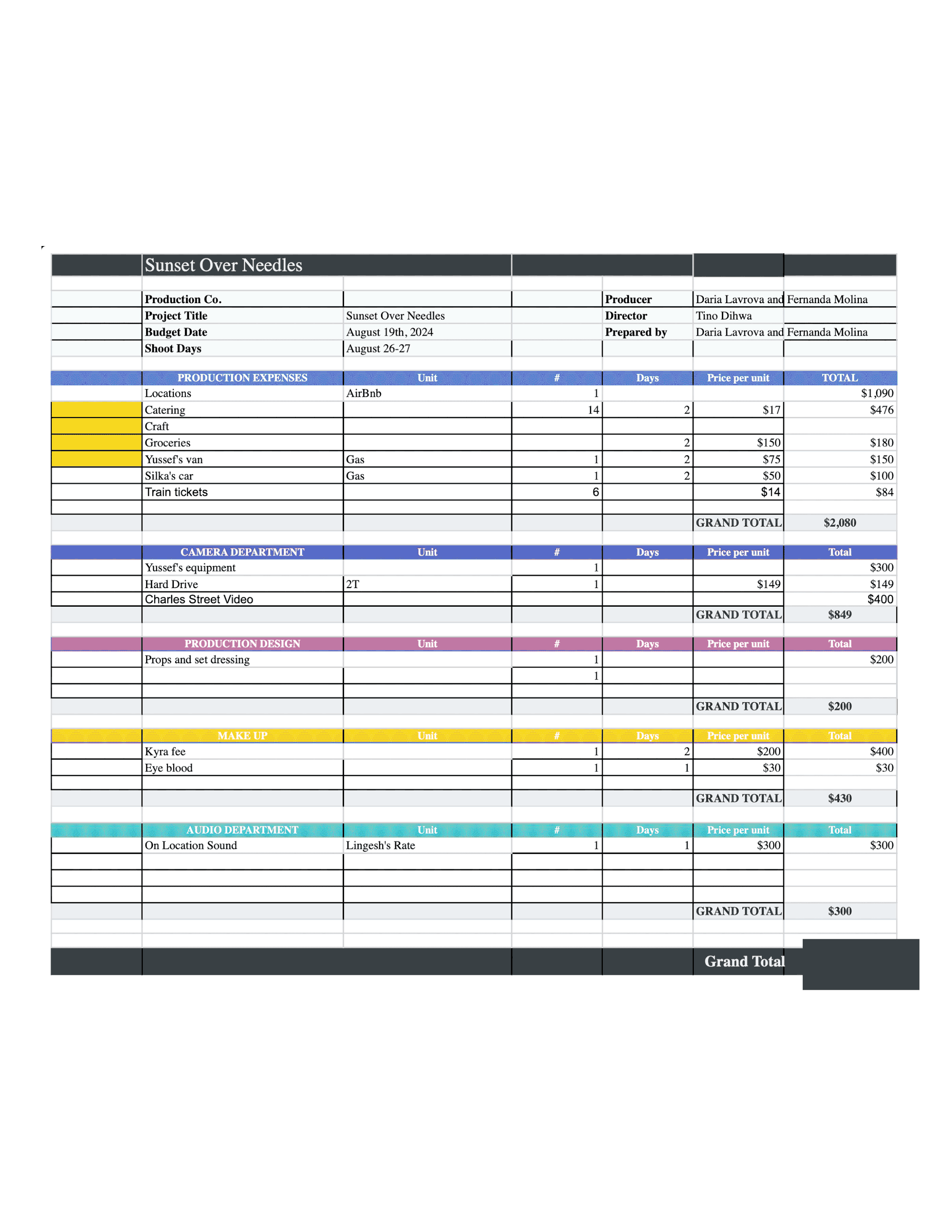Sunset Over Needles is an alternative part film/part music video project approximately 15 minutes runtime and released on November 14th, 2025 on YouTube. I’m the writer, director, picture editor, stylist, supporting lead actor (as Sebastian), songwriter, and mixing/mastering engineer for the soundtrack. The film is adapted directly from the soundtrack of the same title.
A link to this film has been provided at the bottom of this page.
Cast & Crew
Writer/Director: Tino Dihwa
Producer/1st AD: Fernanda Molina
Producer: Daria Lavrova
Director of Photography: Roberto Lambraño
1st AC: Denzel Vazquez
Gaffer/Grip: Alec Stephens
Wardrobe: Anastasiia Azarova
Stylist: Tino Dihwa
Script Supervisor: Youssef Mutawe
Production Designer: Shae-Lynn
Art Director: Gabriela Delgado
Art Assistant: Jason Manzi
Hair and Make-Up: Kyra Janz
Sound: Lingesh Janartham
Post Production Editor: Tino Dihwa
Sebastian: Tino Dihwa
Celine: Daria Lavrova
UNE: Silka Hsu
DEUX: Sabrina Barlow
TROIS: Nicholas Smoljanovic
Creative Brief Summary
An ‘image first approach’; then adding movement to the imagery that supports the symbolism presented. Tension is a major theme in soundtrack and must be communicated effectively in the films as well. Think of contrasts and the meeting place of contradictions. Love vs hate, intimacy vs separatation, joy vs sorrow, light vs dark, seeing vs not. The execution for framing, color and sound must be undertaken with these themes in mind e.g extremely tight/close shots vs distant ones, hyper saturated color vs high contrast grayscale, mounted vs hand-held etc.
Log-line: While on a vacation in remote location, a new couple is drawn to conflict as three characters materialize as physical representations of the tension forming between them.
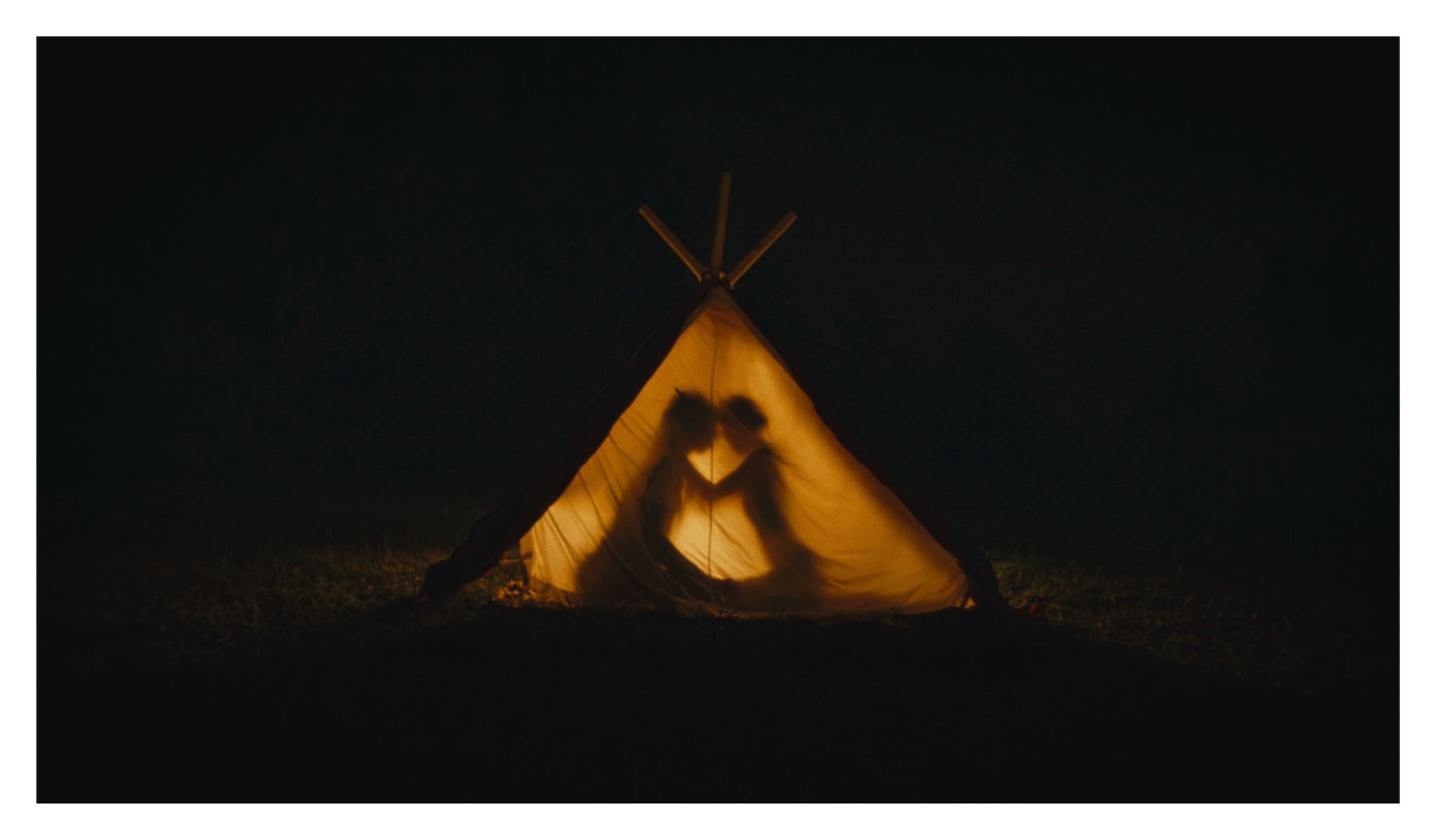






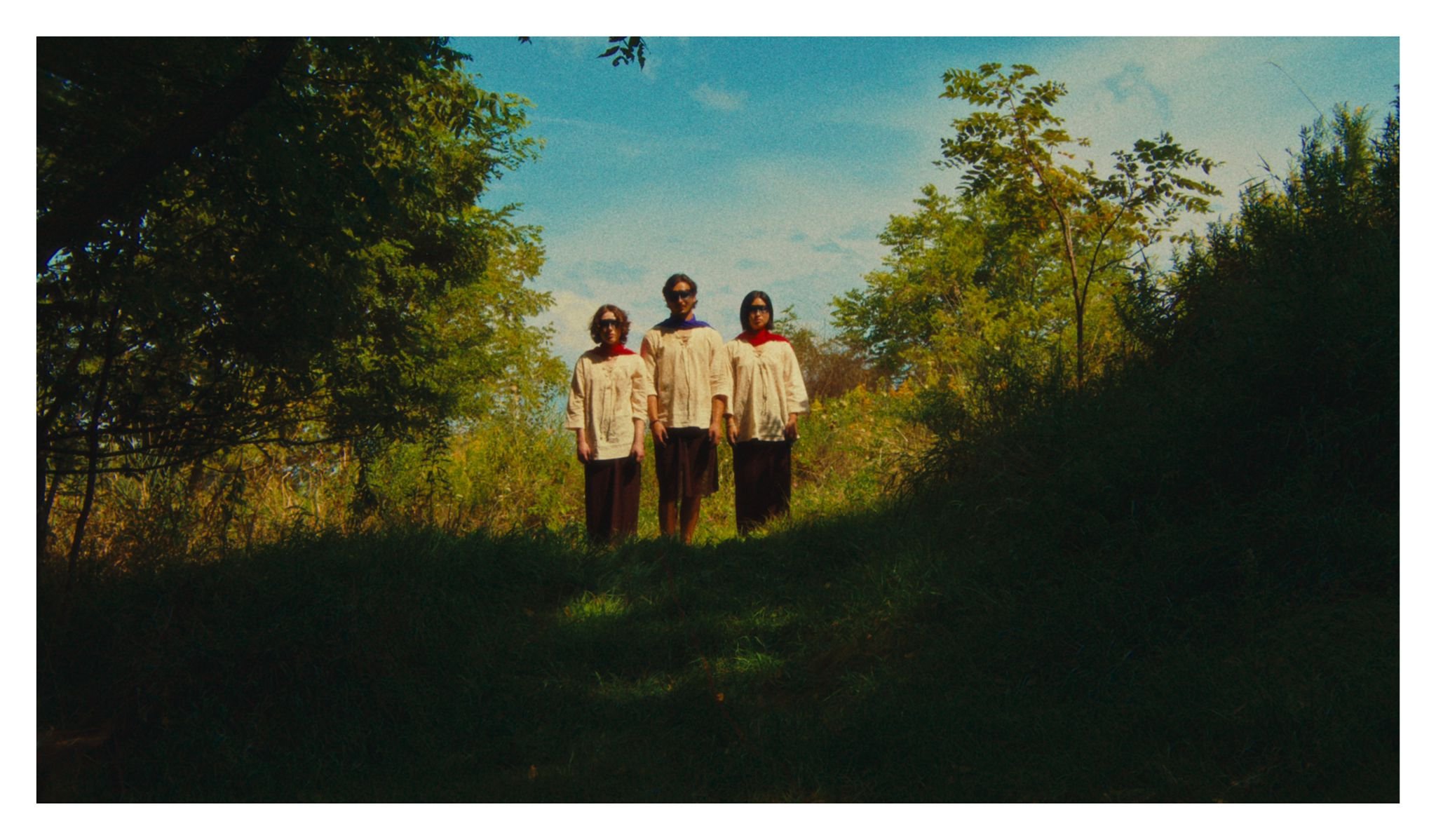
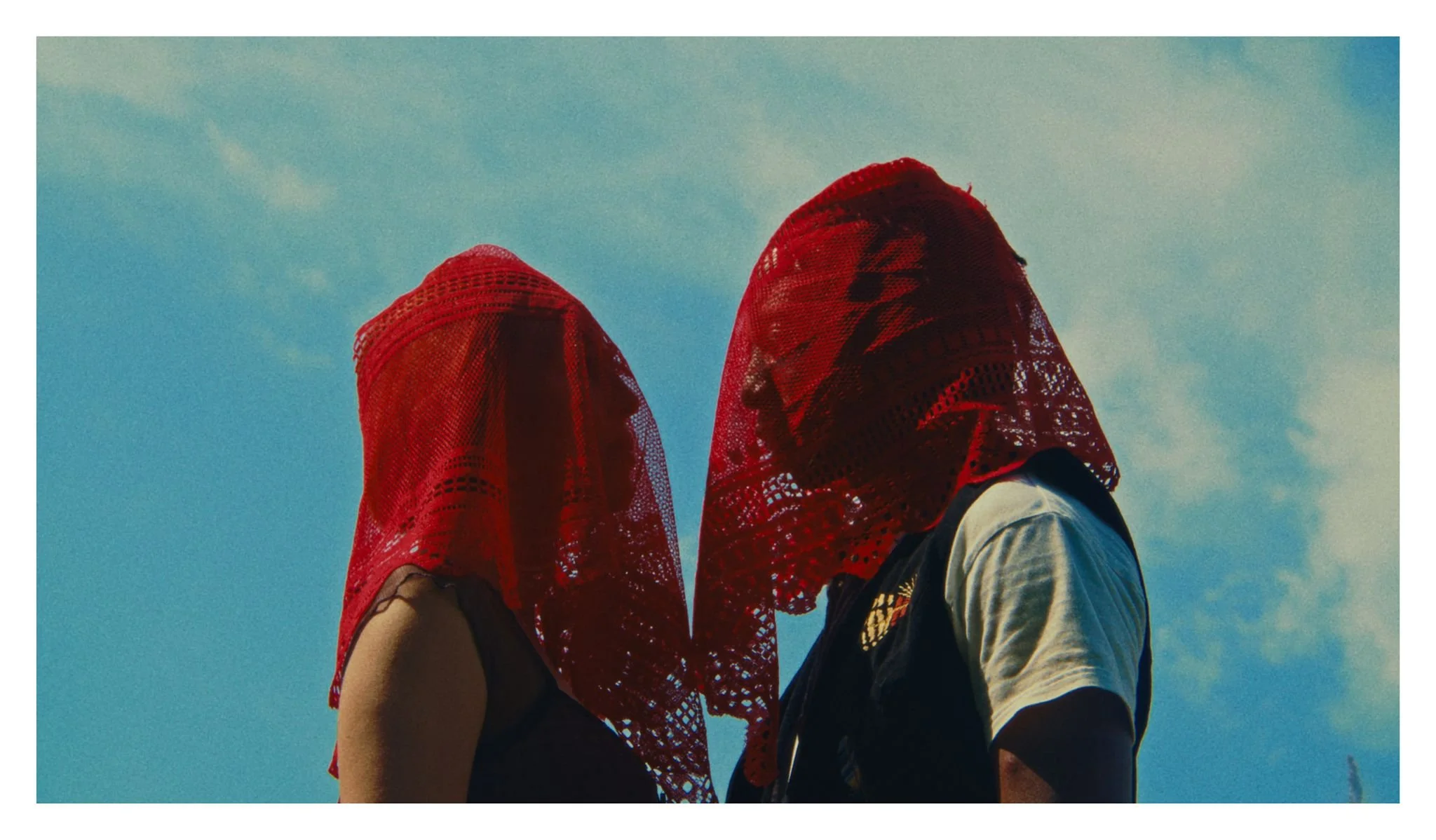
Pre-Production
With my mind set and finances put aside, I consulted Canadian filmmaker Alexander Carson to find out how I could bring the project to life. His first piece of advice after we talked was to on board a producer so I can focus on the creative. Thus Fernanda Molina, a director and filmmaker friend of mine based in Toronto was introduced to the project. Though a first time producer, her experience in filmmaking was the appropriate for the demand presented.
Assessing both our networks, we assembled the team based on essential skills required, taste palettes, budget and availability. In tandem; I continued work on the script and story boards. Since the location in Blue Mountain, ON was locked in, we had nothing to worry about… well… until it wasn’t.
A month and a half prior to our shooting schedule we lost the location which more or less all the planning, script and story board was based on. With no room to panic and majority of the team assembled, we reacted according. On boarding Daria Lavrova as a producer to assist Fernanda and scramble for a new location. Asking people who may have an ideal cottage and contacting AirBnbs that would allow us to film on site.
Just under 3 weeks prior to shooting Daria finds one. In pure miraculous fashion, with the appropriate style, distance from the city, colours + aesthetics that matched the vision and 4 available dates to book. Assuming this was due to a cancellation (it was fully booked for all other dates for two months after the ones we needed) we jumped on it immediately and booked 3 days.
And now we were set. Working closely with Roberto Lambraño, we rebuilt the entire short-list to fit the new location and time frame of shooting which was now two days instead of the initial four. As we took care of the creative (shot-list, wardrobe and the shooting schedule), Fernanda and Daria oversaw the logistics (final budget mapping, crew agreements, crew contact list, call sheets, sleep + transportation plans and cross referencing the shooting schedule to make sure we have the right people on the right days at the appropriate time).
Days almost blurred together as we approached the shoot, but all was done on time with room for us to rest and tackle the production process as seamlessly as possible.
Production Problem Solving
As it is with any project, we faced many challenges that had to be dealt with creatively to get the job done. These are a few of the major ones.
Going Over Budget
Once we had to scramble for a new location, the budget rose significantly because the initial location was free as a favour from a friend.
Solution: Generate the required overlap using the resources we have available to us. I took on a new graphic design project while we worked on this, borrowed from friends and family, Roberto covered some equipment rental costs and pulled some favours from rental companies while Daria covered a few additional costs on-set.
Transportation
Filming was done in Lynden, Hamilton, ON. Almost two hours away from Toronto where the entire cast and crew live, except for one person who lived in London, ON at the time.
Solution: Use people already driving to the location and reimbursed them for gas used after production. Youssef Mutawe became the primary driver for the filming days with his van (Including having to drive back and forth to London, ON on the first and last day with set design materials and our Production Designer). Silka Hsu and Kyra Janz made use of their cars as well which covered all the bases.
Accommodations
Only 8-10 people were allowed to stay over per night and we were a team on 16.
Solution: We were very strict about who needed to stay over night and why. Youssef and Kyra were willing to do the back and forth commute on both days which genuinely saved the project.
Wearing Multiple Hats On-Set
As the director and supporting lead of the film, I needed to be in multiple places (sometimes at the same time) while running on limited time.
Solution: Trust and delegation and being very coordinated with Fernanda. For example, I’d frame the shot and motion with Roberto, hand over directing control to Fernanda, play my role in the film and only review the footage that Fernanda thought was the best take and move on.
Running out of time and maintaining Quality
Though filming days were long (on average 12-14hours) we still ran behind schedule on both days.
Solution: Re-writes on-set to accommodate for scenes we might not be able to film. We had to prioritize the ones that capture the essence of the project.
Overlapping tasks and departments to get things set up or torn down in time to film and receiving input + critique from the entire team regardless of what department they were in so that we could get the best out of each shot along the way.


